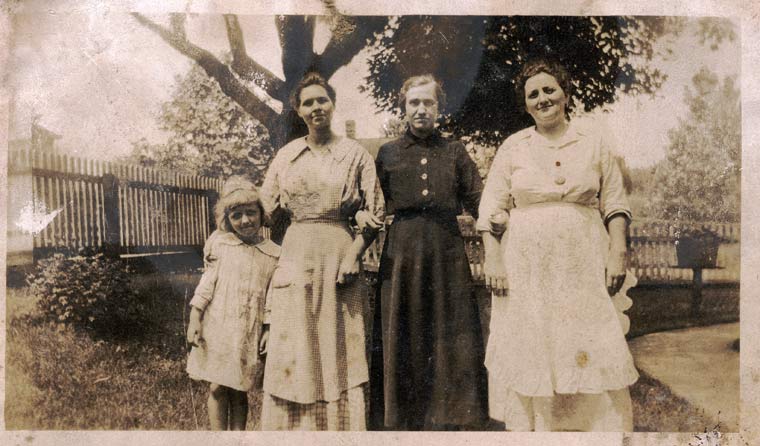the details are at times difficult to follow...

Changes in ownership continued through the antebellum period. The details are at times difficult to follow.
In October, 1850. Jones announced in a local paper that he had purchased the entire property of the Charlottesville Factory and was "proceeding to put it into operation in all its branches.? Farish and Randolph recommended him to the public as a first-rate mechanic. Before the end of the year, however, Jones was forced by debt to execute a deed or trust on one-third of the Factory and real-estate which he had originally bought. Barely a year later, on January 3, 1852, Jones informed the public that he was acting as agent for Isaiah Stout, who was renting the Factory, and would run the mill during the approaching wool season. The Factory was "ready to receive wool either to be carded into rolls or manufactured into Jeans, Linseys, etc." Yet, at that time neither Jones nor Stout was in any position to undertake extensive operations. As early as the previous November 8th, Jones' insolvency had forced his attorney to take steps to auction his equity in the property, which amounted to only a one-third interest. To confuse the matter, at the same time that this auction was announced, John Adams Marchant, a local merchant, declared that he would offer for sale the two-thirds interest he had acquired In the Factory from Farish and Randolph. At first set for December 2, 1851, the sale of Jones' share in the property was postponed until early in January, at which time Marchant not only withdrew his offer of sale but purchased Jones' portion for $4,250.35. Notice of this transaction appeared concurrently with the news that Stout had rented the property. But whatever the sequence of events, Marchant now owned the property and retained Jones to conduct the business for him.--Harry Poindexter
Labels: Poindexter History, WMRd people

0 Comments:
Post a Comment
<< Home